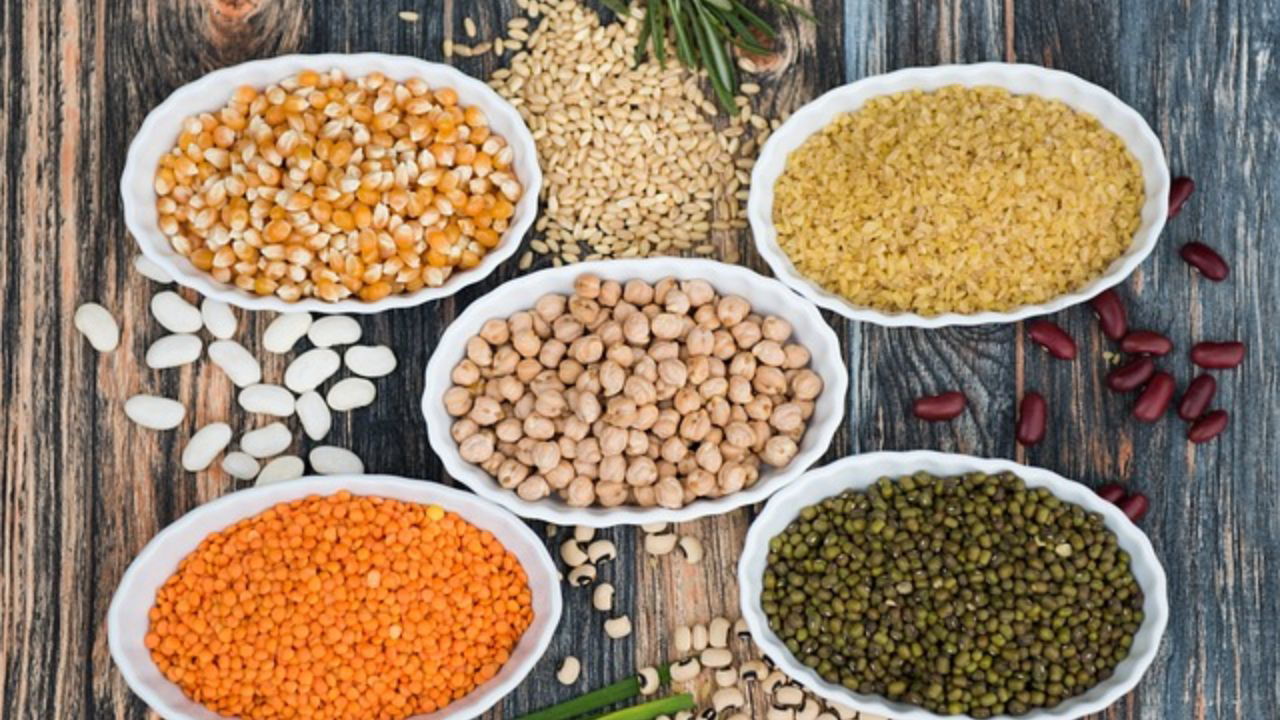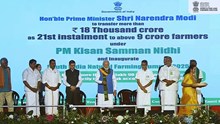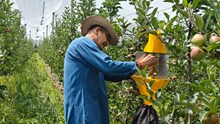
World Pulses Day, observed annually on February 10th, highlights the immense nutritional and environmental benefits of pulses. As a powerhouse of protein, pulses are a crucial component of India’s predominantly vegetarian diet, complementing staple cereals with a rich array of essential nutrients. With a protein content of 22–24%, they provide nearly twice the protein of wheat and three times that of rice.
Beyond nutrition, pulses contribute to overall health by reducing the risk of non-communicable diseases like heart disease and colon cancer. Their sustainability factor extends even further—pulse residues from processing make for excellent animal feed, ensuring a circular, eco-friendly food system.
Pulse Cultivation in India
Pulses were traditionally grown in rain-fed situations with less irrigation. The situation has been gradually changing due to the development of improved high-yielding varieties. Farmers' preferences are also increasing for growing pulses under irrigation. The major pulses that are grown in India among the prominent ones are chickpea, pigeon pea, lentil, black gram, green gram, lablab bean, moth bean, horse gram, pea, grass pea, cowpea, and broad bean.
Among all these pulses chickpea, pigeon pea, green gram, black gram, and lentil are the most widely grown in India. Pulses are usually grown in two seasons: kharif (June-October) and rabi (October-April). Chickpeas, lentils, and dry peas are grown during the rabi season. The pigeon pea, black gram, green gram, and cowpea are grown in the kharif season.
Advances in Pulse Productivity
Pulses production has improved remarkably due to the development of high-yielding and short-duration varieties. Early maturing chickpea varieties are JG 11, KAK 2, JAKI 9218, and Vihar. These all have made all the difference for chickpea farming in Andhra Pradesh. The state of Andhra Pradesh was once not considered favorable for chickpea cultivation.
It has now experienced a nine-fold increase in production mainly due to a five-fold increase in cultivation area and a 2.4-fold improvement in yield levels. There are also drought-tolerance varieties that serve as a low-cost mechanism. These varieties support the farmers of arid and semi-arid regions by offering crop failure protection and steady livelihoods.
Expanding Pulse Cultivation in Rice Fallow Lands
There is a great chance to boost production by expanding pulse farming on rice fallow lands. Short-duration chickpea and lentil types can be effectively grown following the rice harvest that yields 1 to 2.5 tons per hectare. This yield was recorded in extensive studies conducted in areas like Chhattisgarh, Jharkhand, Odisha, West Bengal, and Madhya Pradesh.
The addition of extra-short-duration pigeon pea cultivars to rice-wheat cropping systems has boosted soil fertility in addition to productivity, through biological nitrogen fixation. With the successful implementation of this sustainable technique, the farmers of Haryana and western Uttar Pradesh have seen greater financial benefits Compared to conventional rice-wheat systems.
Challenges in Pulse Production
India's output of pulses is limited by several factors. Low soil fertility, unpredicted weather patterns, and susceptibility to pests and diseases are some of the production restrictions. The situation is even worse from a sociological and economic standpoint since pulses are viewed as secondary crops. It receives significantly less input allocation than other crops.
Other factors that prevent pulse yields from increasing include a lack of access to higher-quality seeds, weak market connections, and insufficient policy support. An integrated strategy involving improved seed delivery networks, irrigation infrastructure, agronomic techniques, and policy assistance for pulse growers is required to overcome these limitations.
Future Prospects for Pulse Production in India
India must increase its production as it is the largest producer and consumer of pulses. Also, it should be competitive in the international market. The country can achieve self-sufficiency in pulse production through scientific research, improved access to quality seeds, and sustainable agriculture. It will also ensure food security for generations to come. This would require a collaborative effort from farmers, researchers, policymakers, and development agencies to achieve this goal. This collaborative approach can secure India's position as a leader in pulse cultivation.
















